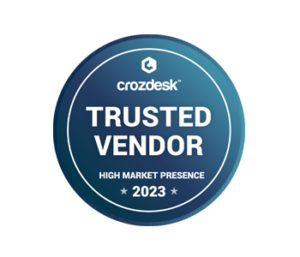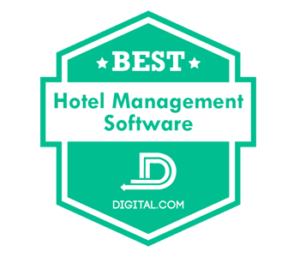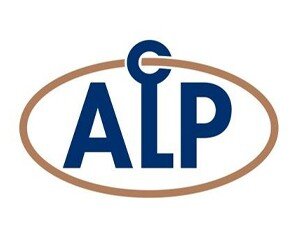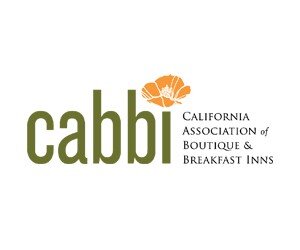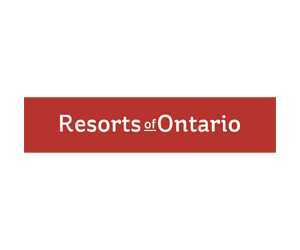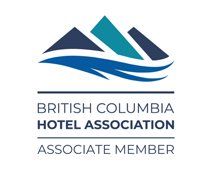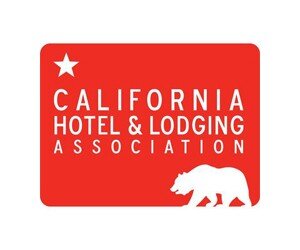As with any other business, your property needs to make more money than you spend to keep afloat, and creating a great guest experience can get expensive fast—especially amidst rising inflation and labor shortages. However, the trick to a more profitable hotel isn’t simply cutting costs. It’s cutting the right costs. Know what your return on investment is before you start slashing. Substituting those fancy eco-friendly toiletries for a cheap soap dispenser may not be the right move for a luxury hotel. Read on for ways to save money that won’t leave you clutching your wallet later.
Review Expenses
Before you trim expenses, you need to know what expenses you have. Take a deep dive into your financials…You may discover that you’re still paying for the old pagers you stopped using a decade ago!
Your property management system (PMS) can help you here with detailed accounting reports as can your credit card statements. Compare current costs to both your budget and previous years’ expenses. Are you going over budget? If so, it’s time to figure out why.
Look at which costs you can control and which you can’t. For instance, you may be able to find cheaper—hopefully local—vendors, but you can’t decide to pay cheaper property taxes (the government frowns on that). Pinpoint which costs are worth the return on investment, and cut those that aren’t. (Note: you still have to pay taxes even if you decide they’re not).
Reviewing your expenses is not a one and done. Costs change, and you need to check back regularly to keep an eye on things.

Refine Your Tech Stack
Even if a clunky tech stack doesn’t cost you money outright, it certainly costs you time. And time is money. After all, it’s what you pay your staff for. The time it takes staff to wrangle outdated systems, manually enter data, and check for errors (which they may miss anyway) is time that could be spent delivering a better guest experience.
At the core of your tech stack is your property management system (PMS), which staff use to manage fundamental tasks across departments, from reservations to housekeeping to accounting. Choose a property management system that’s efficient, easy to use, and has a strong customer support team. It should integrate with your other systems, such as your payment gateway and channel manager, to automate data workflows for greater efficiency and accuracy. Mistakes like double bookings can be costly.
Automate routine tasks, including taking reservations, sending guest emails, and even self-check-in. If there’s just one person checking in at the front desk, staff have time to truly welcome and connect with that guest, maybe share some local hot spots. If there’s a line ten people deep, they don’t.
Outdated systems can also add to your direct expenses with costly licenses, upgrades, and hardware requirements and maintenance. Modern, cloud hotel software eliminates the need for on-site servers and IT teams and is typically available via budget-friendly subscription pricing models.
Sustainability Savings
Not only do sustainability initiatives help save the planet, they also save cash. You don’t want to pay to heat an empty room. This is where your tech stack comes in again; the right technology can let you know which rooms currently have guests, allowing you to heat and cool only those rooms.
Make your light bulbs energy efficient and use low-flow taps and toilets. You can also look into recycling your gray water. Gray water is water used for functions like laundry, bathing, and dishwashing that can then be reused for toilets or plant watering.
When it comes to on-site dining options, buffets can cause a lot of food waste. Since you don’t know how many people will come to eat, you can end up setting out more food than you need, food that you have to pay for and your staff have to throw away. To prevent waste, try a smaller, plated menu that enables you to use staple ingredients for multiple dishes.
Cross-train and Retain Staff
Cross-training staff enables you to hire fewer people and save on labor costs. If things are slow in one department, those employees can jump in elsewhere. However, this is something to use with caution, or you may be paying turnover costs when staff burns out.
Turnover can cost a business over a third of the employee’s yearly salary, so it’s worth taking steps to prevent. Communicate clear expectations in the hiring and onboarding stages to prevent a mismatch and offer chances for professional development. Onboarding shouldn’t be the only training your staff receive.
Use flexible scheduling. Demand and occupancy fluctuate, so staffing levels can change as well. You don’t want to pay people for twiddling their thumbs. Even the most motivated staffer will run out of times they can dust the countertops.
When cutting costs, keep in mind that happy staff are much more likely to go above and beyond for your property than staff who just lost their benefits.
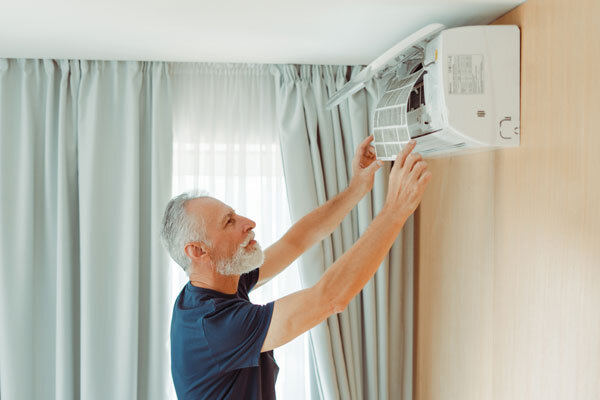
Keep Up with Maintenance
Conduct regular maintenance on your hotel. Otherwise, it stops being maintenance and becomes repair, which is much more expensive and can interfere with the guest experience. For example, schedule regular servicing for your HVAC to maintain its efficiency…If you don’t, it might break down in the middle of a sweltering July when you’re at maximum occupancy.
Set alarms in your property management system to help you keep up with maintenance tasks and use the housekeeping report to log any issues as soon as they occur. You can also use property care platforms like Breezeway and Operto to automate maintenance tracking.
Use Underutilized Spaces
If you have empty rooms, use them to generate revenue. A conference space isn’t working for you unless there’s someone in it, so do the outreach necessary to land that event group. There are also spaces, i.e., your lobby, that can serve multiple functions at once. Consider turning that lobby into a co-working area or social hangout spot (make sure you have plenty of places for people to plug in their devices!).
Smarter Marketing
In marketing, higher cost doesn’t always equal a better result. Sure, you could pay an influencer, but user-generated content may be just as effective. According to Stackla, user-generated content is over nine times as impactful as influencer content.
Aim, then fire, when releasing your marketing budget. Know what guest segment you’re trying to reach and where they consume content. The guest data from your PMS comes in useful here, which is another reason why you need a strong PMS.
Don’t invest everything at once. Experiment with different strategies and see what works best before going all-in. Google and social media networks have analytics tools you can use to see how your efforts perform.
Negotiate
Negotiate with vendors for the best deal. This works especially well if you’re buying in bulk; the vendor sells more of their product at once, and you get a cheaper price. (This does require you to know how much of that product you’ll need in the future, so keep track of what supplies you use and when.) Ideally, both sides leave happy at the end of a negotiation…and ready to do business again.
Do your research and shop around. Get a few different prices and see which is lowest. Though be aware, quality counts too. Like your guests, you’re not necessarily looking for the cheapest price; you’re looking for the best value.
As the cost of doing business rises, finding the right ways to save money is key. Use the above tips to reduce unnecessary expenses so you have more money to spend on things that improve guest and staff loyalty—and your bottom line.








